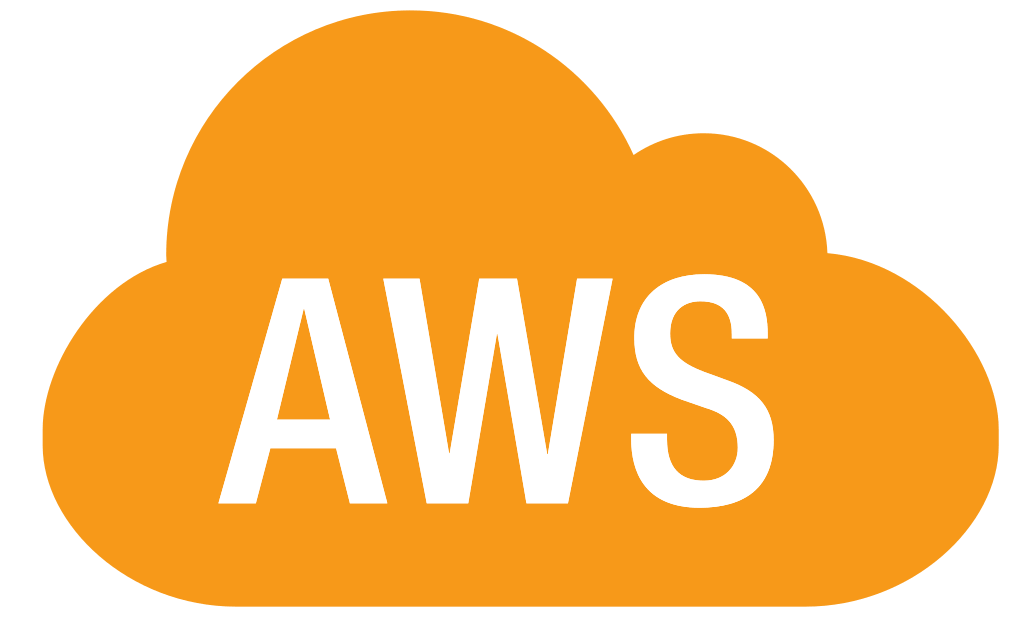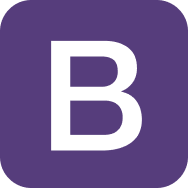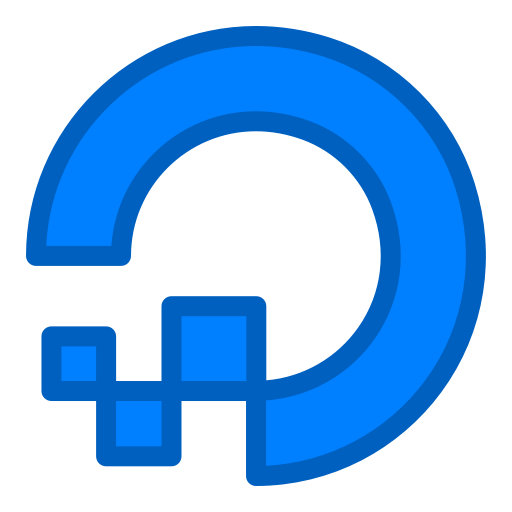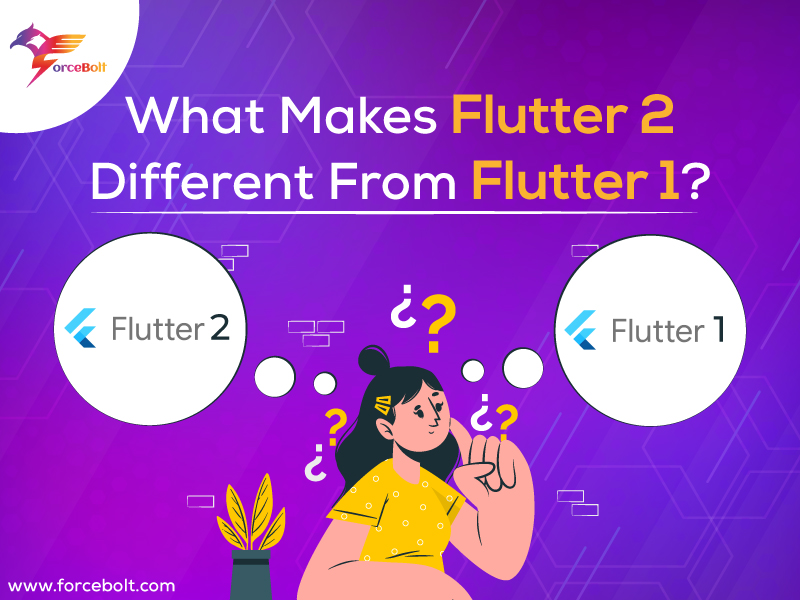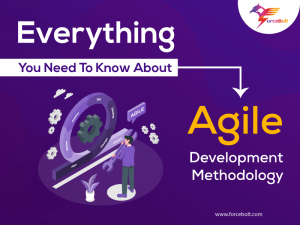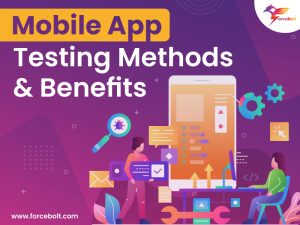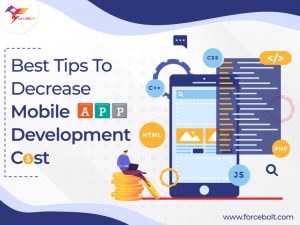Sharing is caring!
Flutter has grown in popularity, establishing itself as the go-to platform for a full stack development agency for creating cross-platform mobile apps. It was first released in 2015 and stayed in beta until Flutter 1.0 was released in 2018. Then, in March 2021, came version 2. Flutter apps employ the Dart programming language, and the software is used by over 150,000 apps, including BMW, Alibaba, Sonos, Lunching, and more.
According to the search engine giant Google, approximately half a million developers utilize the framework each month, with two million users and counting. Flutter is the most extensively used open-source UI software development toolkit. With Google’s Flutter toolkit, you can create natively attractive and compiled apps for the web, desktop, mobile, and embedded devices, all from a single codebase.
In this blog, we will explore Flutter’s extensive advantages and why choose Flutter 2 over Flutter 1. Let’s get started.
What Is Flutter And Why Developers Utilize It?
Google’s portable UI toolkit, Flutter, is used to create compiled applications. Flutter aids all developers in accelerating the development of apps. It simplifies and lowers the cost of app development across platforms. It also aids designers by providing a canvas on which they may develop high-end user experiences.
The goal of Flutter is to provide the best design concepts of the decade. It converts a notion into production code without any compromises and uses a standard foundation. It enables app developers to work on a single mobile, desktop, and online app while creating different platforms from a single codebase.
What’s New With Flutter 2?
Flutter 1 offers reduced code development time, rendering engine, better time to market, and much more. Whereas, Flutter 2 adds support for numerous platforms, noticeable performance improvements, and production-quality web support. Also, users may write the same code in Linux, macOS, Android, iOS, and Windows, thanks to Flutter 2.0’s features.
Flutter 2 is used by Flutter 2 app development businesses to optimize app performance. Moreover, Flutter 2 is now part of the stable channel and has desktop support, allowing for the publication of candidate-like forms in the stable channel with an early release beta snapshot.
Which Features Make Flutter 2 Different From Flutter 1?
1. Sound Null Safety: This feature allows programmers to define whether a value or variable can be null directly from the code. The same functionality that makes null-pointer-connected errors less prevalent is also present in Kotlin. The new feature will be enabled by default in Flutter 2.2.
2. Better Integration With Google’s Ecosystem: Google has developed a new in-app payment plug-in for the Google Pay team. This plug-in, part of the Google ecosystem, allows users to process payments using their apps smoothly and hassle-free.
3. Enhanced Performance: Service workers, Android, and iOS developers can do web application background caching. It also improves efficiency. A DevTools suite will aid you in improving runtime performance and memory allocation. The addition of third-party extension support will benefit developers by enhancing their experience and performance across platforms.
4. Improved Web Platform: With a new service worker loading technique, the new release has improved caching behavior. Improved web renderers include text rendering with canvas APIs, shader mask support, HTML font feature support, and opacity masks for transition performance. An improved semantic node position will also reduce the distance between mobile web and desktop apps.
5. Dart 2.13 In The New Version: The Dart 2.13 update feature called type aliases is included in the newer version of Flutter 2.2. Developers will be able to make aliases for both functions and types. It improves native interoperability support in foreign function interfaces (FFI). In addition, type aliases improve readability and provide paths for refactoring in select scenarios.
Conclusion
Flutter 2 includes the Dart programming language, which is well-optimized for Android, iOS, Windows, and macOS. It was created with web compatibility and flexibility in mind. Flutter developers can now construct natively compiled apps, which has helped promote and spread the programming language. Flutter 2 identifies the gap between iOS and Android app development and provides a new version.
Flutter has a large community that continues to use and test the framework. Overall, Flutter offers a developer a lot of flexibility in terms of future app development approaches.
Are you looking to hire Node js development services? Then, connect with ForceBolt’s team of experts and accelerate your business growth with robust and real-time Node js development services.

Kishor Kumar
Full Stack Technical Lead
A well-versed Senior Full Stack Developer who has the expertise of providing front-end and back-end development services. He is an effective and efficient personnel who knows how to make the right technical decisions at the right time. He understands the basics of working collaboratively with stakeholders, engineers, executives, and end-users to bring the ideas to life. He is a top-performer and motivator who has the added advantage of technology as leverage to achieve timely results.

